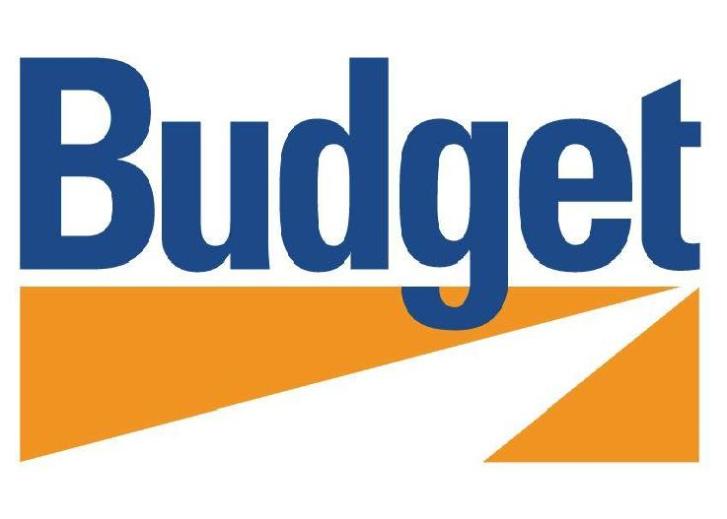
Demystifying Budget Process
With the budget round the corner and expectations seem to be very high from the Finance Minister to catapult the country again on the high growth trajectory. With the budget aiming to be focussing on fiscal consolidation I must try to simplify the process of budget preparation for my readers.
Through the budget , the government of the day seeks parliaments permission to collect funds by way of taxes , duties , borrowings and so on. These funds are used with the approval of parliament to meet expenses.
How the Budget is passed ?
1) Presentation
- By convention since 1999 budget is being presented at 11 a.m. on the last working day of February.
- Budget session begins with an address by the president . Finance minister presents the budget in the Lok Sabha.
- The budget speech of FM has two parts. Part A deals with the general economic survey of the country and policy statements while Part B contains taxation proposals.
- The ‘Annual Financial Statements’ is laid on the table of Rajya Sabha after the FM’s speech.
2) Discussion
- No discussion follows immediately after the budget is presented. A few days later Lok Sabha discusses for 2-3 days.
- The FM makes a reply at the end of the discussion.
- A ‘vote on account’ for expenditure for the next two months of ensuing financial year is obtained from Parliament. The House is adjourned for fixed period.
- During this period , the demand for grants are considered by relevant standing committees.
3) Vote
- The standing committee reports are presented in the house. The speaker puts all the outstanding demands to the vote of the house. This device is known as guillotine.
- The Lok Sabha has the power to approve or refuse any demand.
- After voting on demands for grants , govt. Introduces the Appropriation Bill which is intended to give authority to govt to incur expenditure.
The Budget Process
1) Budget Circular
In September , the Budget division of the Department of Economic Affairs issues a budget circular to all the union ministries , states , UT’s, autonomous bodies and departments and the three arms of the defence forces for preparing budget estimates for the next financial year.
2) Prebudget Meetings
All Union Administrative Ministries:
After ministries and departments send in their demands , extensive consultations takes place between union ministries and Department of Expenditure of the Finance Ministry are held to arrive at a final budget for each of them.
Interest Groups :
The Department of Economic Affairs and Department of revenue meet with stakeholders such as farmers , labour unions , business , FIIs , economists and civil society groups.
State Governments:
Demands of the state governments are send to the concerned finance ministry departments for evaluation.
3) Once the prebudget meetings are over , a final call on the tax proposals is taken by the finance minister. The proposal is discussed with the Prime Minister before the budget is frozen.
Constitutional Requirement : The President is constitutionally obliged under Article 112 to have the annual Financial Statement of the ensuing financial year laid before parliament. Finance Minister is responsible for preparing it.
Who is responsible for Budget : The Finance Minister prepares the Union Budget and budget for Union Territories. The Ministry Of Finance has the overall responsibility for framing the budget.
State Organs Involved:
Planning commission sets overall target for the ministries.
CAG keeps a check on the accounts.
Administrative Ministries: State their plan priorities.






